The pair of dotterels nesting on Mount Main beach have successfully hatched a chick overnight.
The dotterels, known locally as Don and Dotty, laid two eggs within metres of the oystercatcher nest on the main beach, approximately half way between the Mount Surf Lifesaving Club and the toilet blocks opposite Commons Ave.
The Department of Conservation and Tauranga City Council provided signs and sandbags to protect the nesting pair of dotterels from the high king tides, and to inform the public about the threatened species.
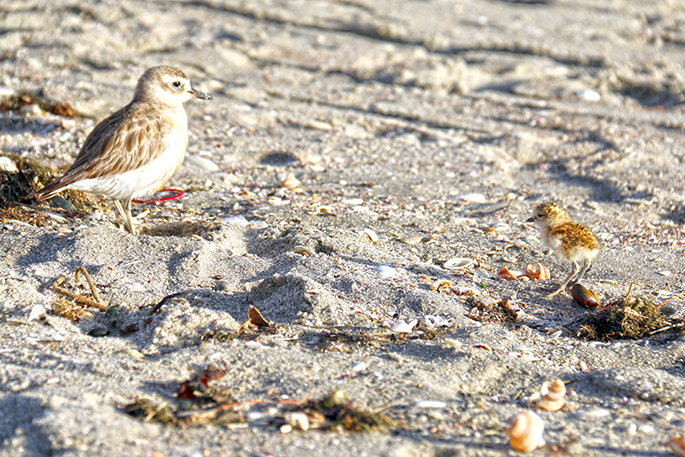
One egg disappeared about four days ago, leaving the parents sitting on the remaining egg which hatched some time over the past 24 hours.
This morning at dawn, the chick was seen running around over the beach following its parents, and then taking cover as sea gulls passed overhead. Dotterels are difficult to spot on the beach, as their feathers are similar colours to the sand and beach flotsam.
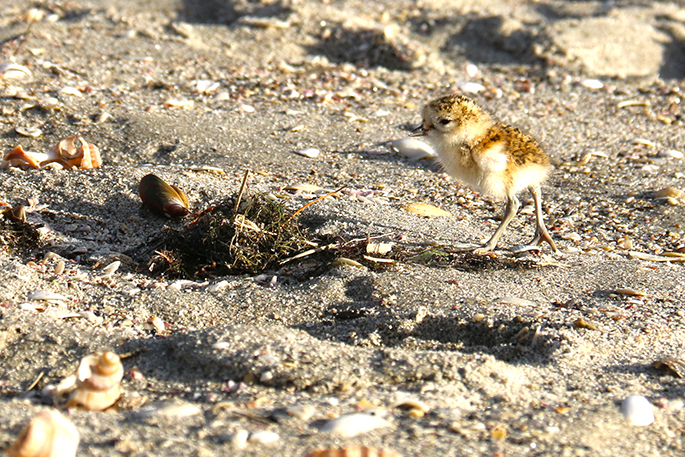
A total of 2075 northern New Zealand dotterels was counted in the 2011 breeding-season census. The main threats are loss of eggs and chicks to mammalian and avian predators, disturbance from human activities on beaches, loss of nests to big tides, and loss or degradation of habitat from development.
Protection programmes began in the 1980s and normally include predator control, fencing of nesting areas, appointment of wardens to reduce disturbance and advocacy.
New Zealand dotterels breed in monogamous pairs and vigorously defend territories against other dotterels.
The nests of northern New Zealand dotterels are simple scrapes in the substrate, sometimes sparsely lined or decorated, often with a marker of driftwood or vegetation. Three eggs are laid, usually from August or September, and are replaced if lost. Incubation usually takes 28-30 days; the fledging period is variable, but averages about six weeks.
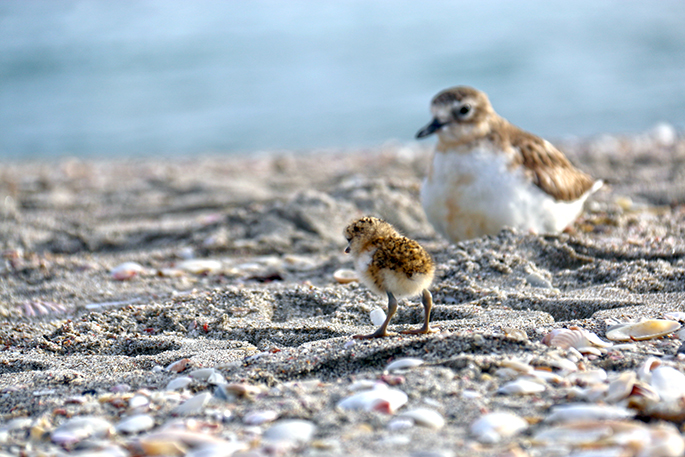
The nearby oystercatchers, known as Harry and Sophie, hatched two eggs recently. Unfortunately both chicks had congenital defects and failed to thrive. Dr Liza Schneider from ARRC Wildlife Trust believes there is a high chance that the oystercatchers will nest again this season, and the birds have been observed mating over the last two weeks.
The dotterel chick which hatched overnight should be able to fly by about the beginning of February. In the meanwhile, it faces the threats of humans, dogs, cats, rats, and the night time beach groomer.
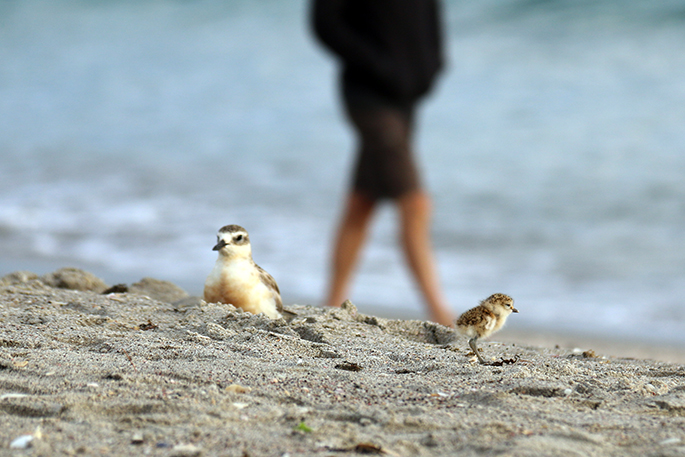
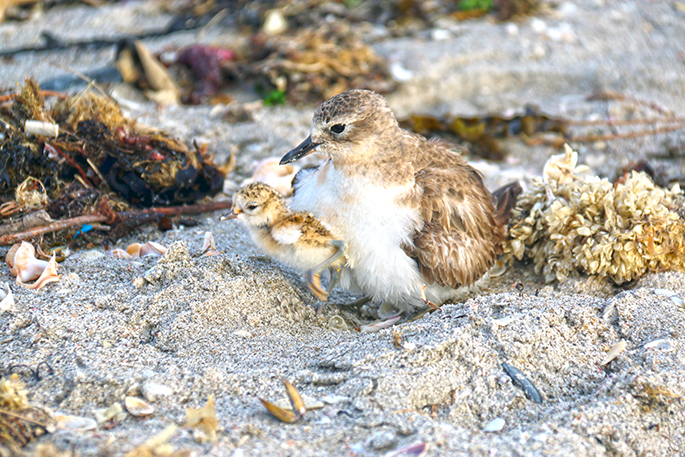


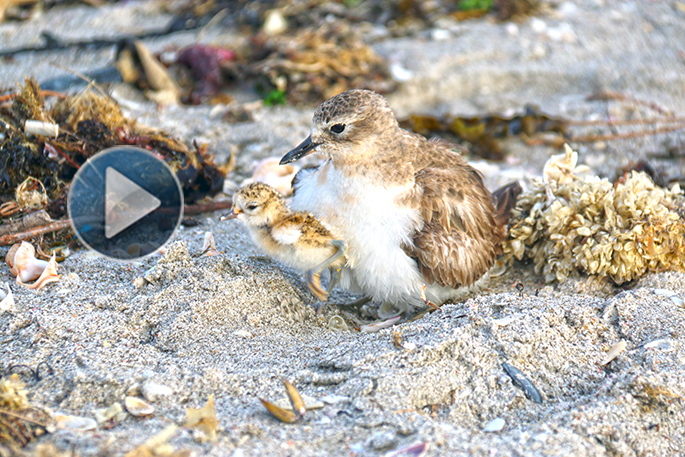

0 comments
Leave a Comment
You must be logged in to make a comment.